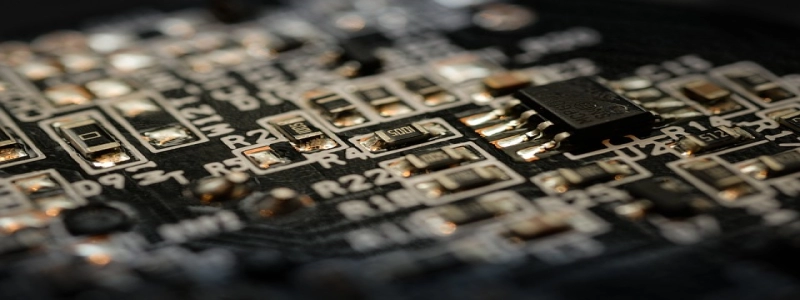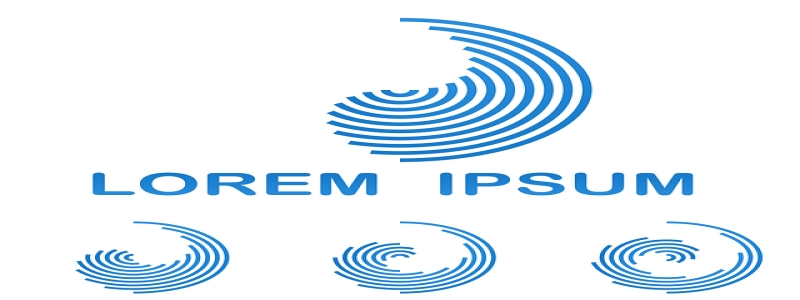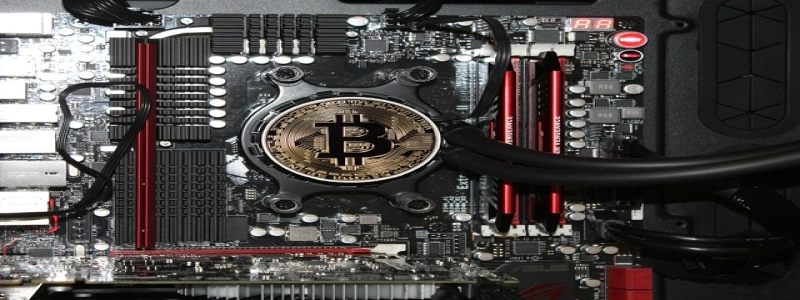Ethernet Cable Cat 3
Introduction:
Ethernet cables are essential components in networking systems, designed to transmit data between devices like computers, routers, and switches. Cat 3 Ethernet cables, also known as Category 3 cables, were widely used in the early days of home and office networking. In this article, we will explore the features, benefits, and limitations of Cat 3 Ethernet cables.
I. What is Cat 3 Ethernet Cable?
Cat 3 Ethernet cable is a type of twisted pair cable that consists of four pairs of twisted copper wires. It was introduced as an upgrade from the older coiled cable technology and was primarily used for telephone systems. However, with the growth of computer networking, Cat 3 cables were also used for Ethernet connections.
II. Features of Cat 3 Ethernet Cable:
1. Bandwidth: Cat 3 cables are capable of supporting data transmission speeds up to 10 Mbps (megabits per second). While this speed is significantly slower compared to newer Ethernet cable categories, it was sufficient for basic internet browsing and email communication.
2. Transmission Distance: Cat 3 cables have a transmission distance limit of 100 meters (328 feet). This means that the length of the cable should not exceed this limit to maintain optimal signal quality.
3. Wiring: Cat 3 cables use the T568A or T568B wiring standard. These wiring standards define the order in which the individual wires are connected to the RJ-45 connectors at both ends of the cable. Proper wiring is essential to ensure successful data transmission.
III. Benefits of Cat 3 Ethernet Cable:
1. Cost-Effective: Cat 3 cables are relatively inexpensive compared to higher category cables such as Cat 5 or Cat 6. This makes them an attractive choice for budget-conscious consumers or small businesses looking for basic connectivity solutions.
2. Compatibility: Despite being an older technology, Cat 3 Ethernet cables are still compatible with most networking equipment. They can be used to connect devices that require lower bandwidth connections, such as printers, VoIP phones, or older computers.
IV. Limitations of Cat 3 Ethernet Cable:
1. Slow Speeds: Cat 3 cables support a maximum speed of 10 Mbps. With the increasing demand for faster internet speeds and data-intensive applications, Cat 3 cables may not be suitable for modern networking requirements.
2. Limited Applications: Due to their slow speed and lower bandwidth capabilities, Cat 3 cables are not suitable for high-demand applications such as HD video streaming, online gaming, or large file transfers. More advanced Ethernet cable categories like Cat 5e or Cat 6 are recommended for such purposes.
Conclusion:
Cat 3 Ethernet cables served as a reliable and affordable solution for networking needs in the past. While they may not be suitable for high-speed internet or data-intensive applications today, they can still be used in environments where basic connectivity is required. As technology continues to evolve, it is essential to consider newer cable categories for optimal network performance.








